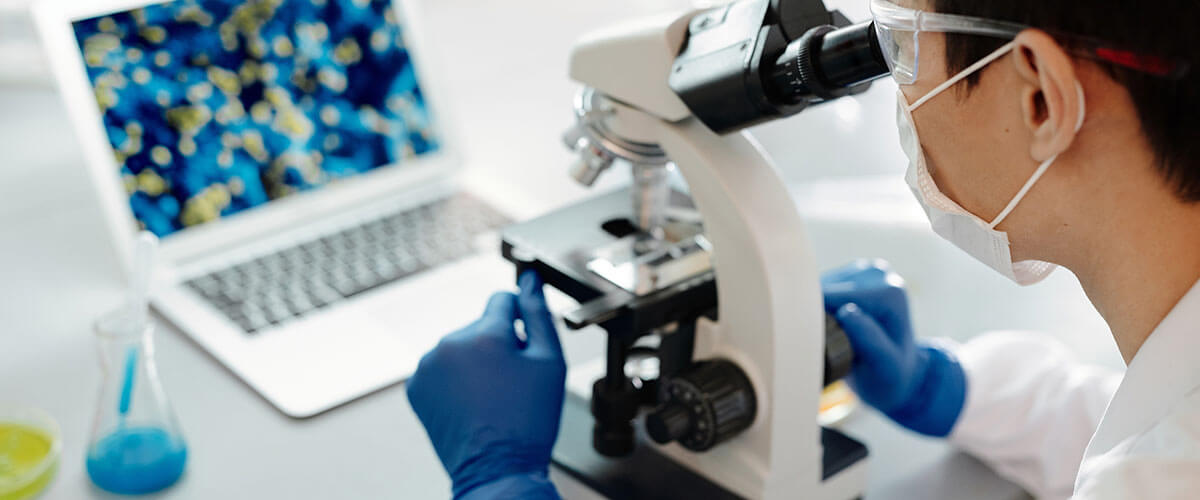Today, student learning and classrooms have continued largely due to technology. While most of us can agree that technology has made our daily lives easier and improved connections, we must remember to use it as an enhancing tool. The potential of technology is infinite and has already started shaping the learning possibilities especially when it comes to a student’s classroom experience.
Forensic Science Virtual Classroom
With virtual classrooms on the rise, it is important to continue to give students those essential hands-on experiences to stimulate the student’s continued interest and kinesthetic learning. This summer, I was given an amazing opportunity to teach students about my expertise- Forensic Science. Forensics is a multidisciplinary science that allows students to apply a variety of sciences such as chemistry, physics, biology, and anatomy to criminal and civil law.
In my Zoom classroom, I was looking forward to finding creative ways to use technology to positively change a student’s classroom experience and aim to emphasize teaching students the skills to use technology to think critically. The reason this is so important is that students are constantly bombarded with information from all platforms of media specifically apps and television. Students must be able to make the distinction between reality and entertainment to make logical conclusions. Technology has given us the ability to access mounds of information in seconds and find answers to a multitude of questions, but students must be taught how to evaluate the validity of all types of information.
Critiquing Forensic TV Shows
One emphasis of my summer Forensics class was to teach students how to technically critique forensic shows or movies for accuracy. Once students were exposed to the necessary forensic background on sub-topics such as fingerprints, blood spatter, forensic anthropology, DNA, fire forensics, and much more, we were able to discuss various scenes from a variety of forensic TV shows to expose real vs TV forensics. This short clip displays an example of a student critiquing Criminal Minds’ forensic protocol:
Augmented Reality Technology
Augmented Reality (AR) is another way technology can be used to engage students. One way I do this in my classes is to put students into the role of solving a mini case using a forensic AR app. The clip below shows an example with one of my students:
We as educators need to continue to teach students about the importance of evaluating information for reliability and stimulating their learning experience. By doing so with technology, we can also teach them to think critically about whether their tech is hurting or enhancing their experience. By doing so, we are setting them up with the tools for their career and life path.








